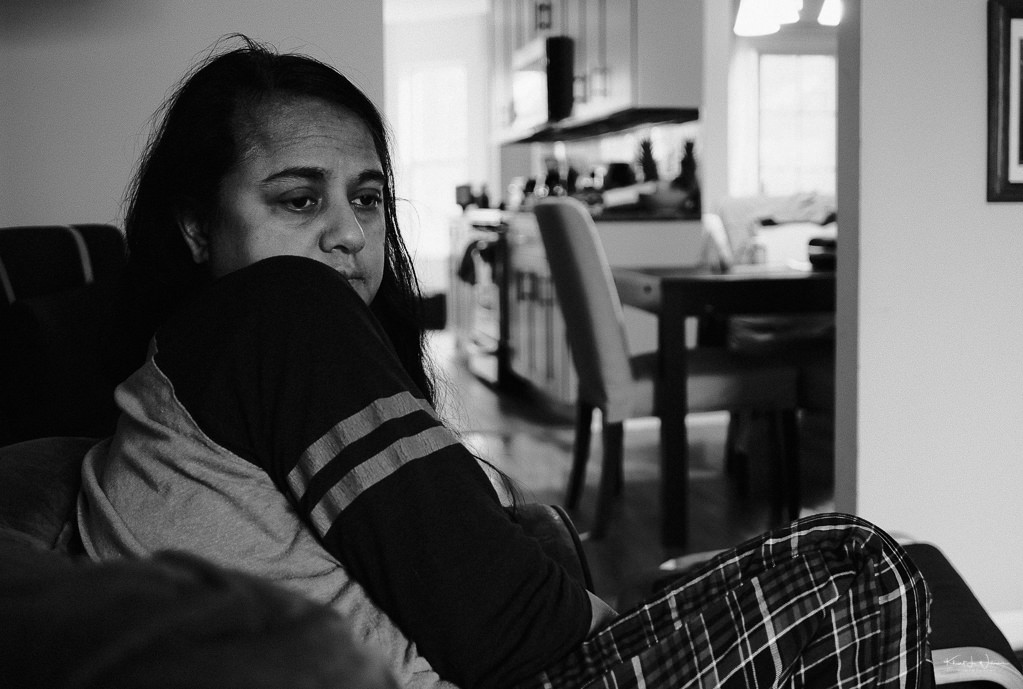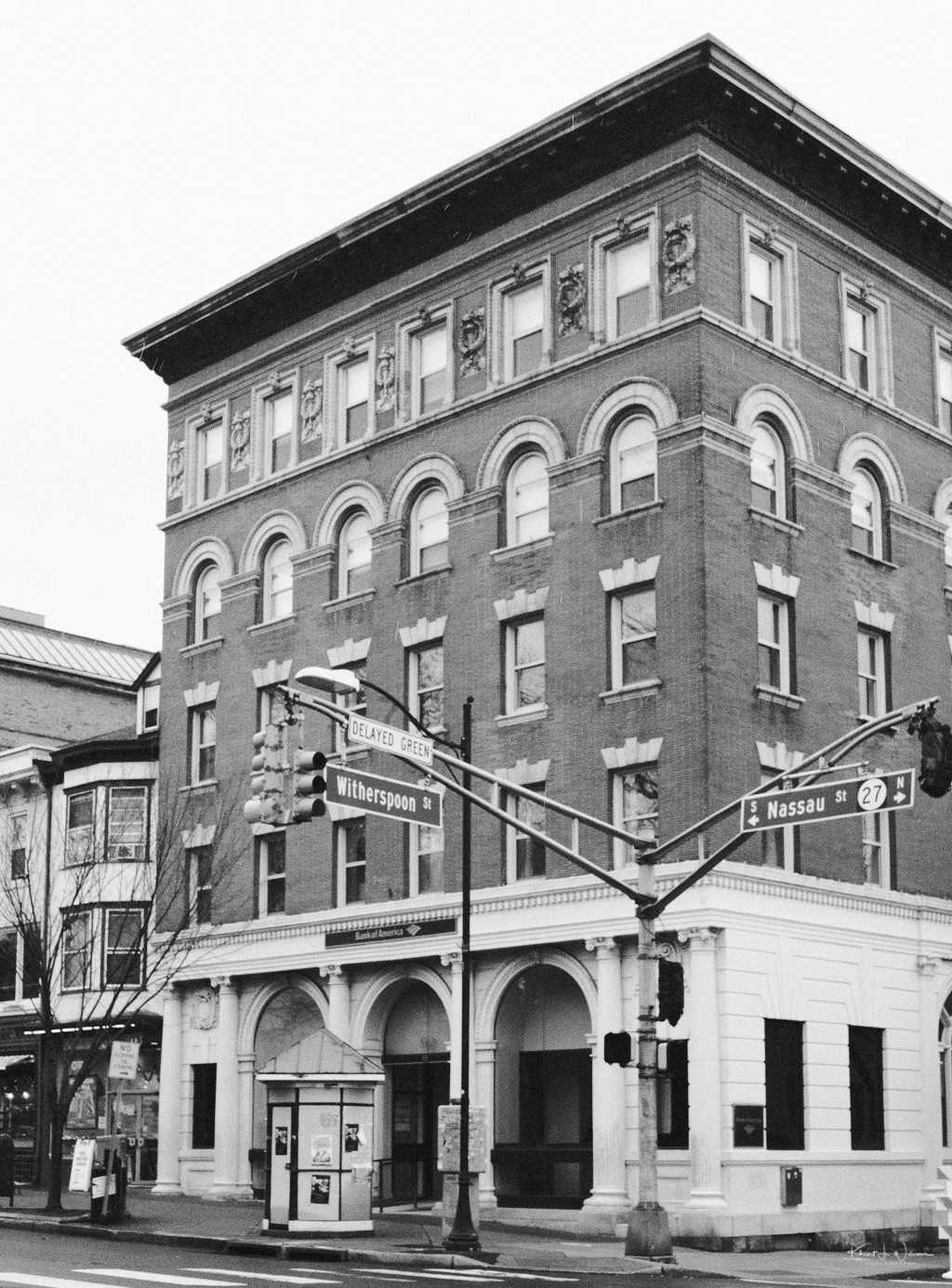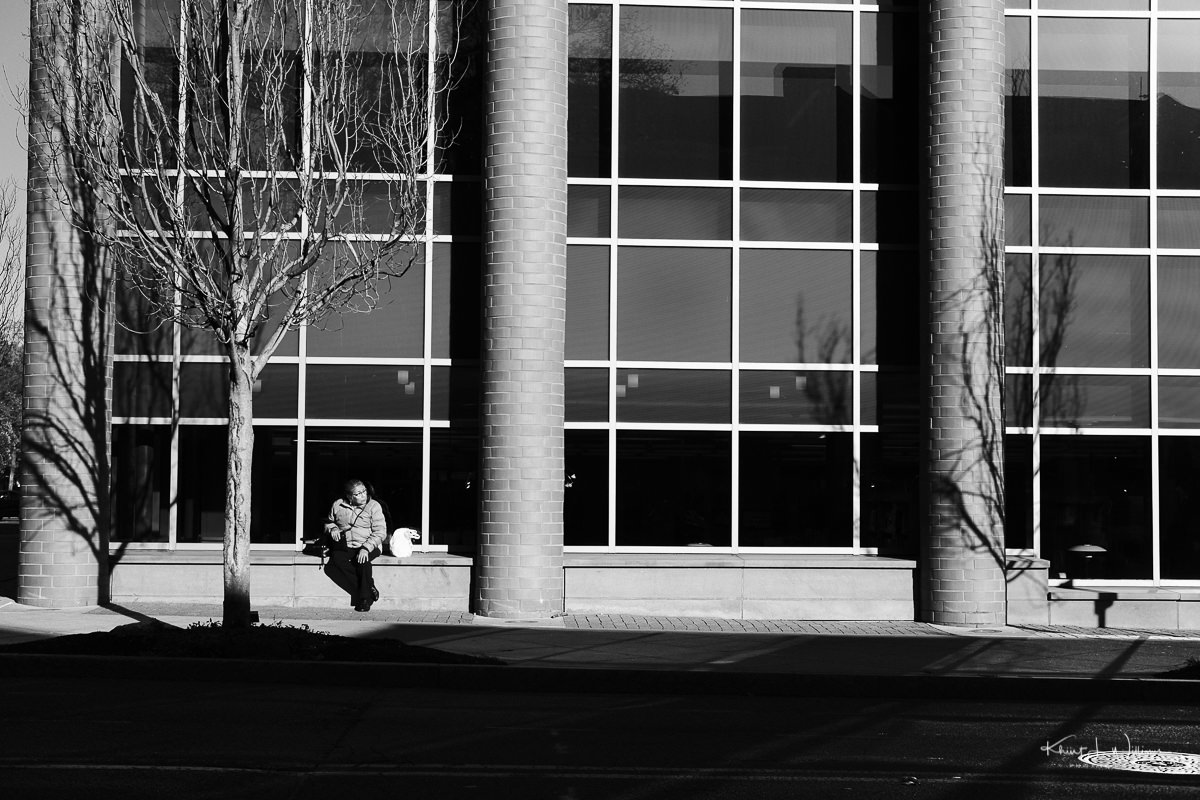Submitted for the 100DaysToOffload project.
Tag: Kodak Tri-X Push Film Simulation Recipe
Caesar Trent's Property
Ceasar Trent was a controversial character in Princeton history.
Last night Bhavna told me that the weather forecast called for rain today. But I wanted to finish a 36 exposure roll of Rollei RPX 25 that I had loaded into my Minolta X-700 a few weeks ago. RPX 25 is a slow film. Shooting handheld was challenging and required more light than the overcast skies could provide. To avoid blurry photographs, I had to use my tripod. I had planned on photographing some of the historic buildings around my area. On my list was Rockingham and Einstein's home on Mercer Street. But when I awoke this morning, I did some more searching on the Princeton I stumbled upon a link to Albert E. Hinds Memorial Walking Tour: African American Life in Princeton and discovered things about Princeton's history that I never knew. I did a quick tour of the tour and changed my shot list.
I looked out my bedroom window. The sky was grey, moody, and a bit of fine rain silvered the street. I knew I had to dress warmly.
I had breakfast with Alphie and then packed my gear for the morning. I packed my Peak Design camera sling with my Minolta X-700 and MD Rokkor-X 45mm f/2.8, AKG headphones, Fuji X-T2 and Fujinon XF27mmF2.8 lens (approximately 41mm full-frame). I wanted to try out Ritchie's Tri-X film simulation and capture some images for the Lens Artist Photo Challenge.
I parked on Leigh Street, intending to start my photo walk at the shops, walk over to Witherspoon Street for more photographs before finishing my photo walk at Bank of America on the corner of Witherspoon Street and Nassau Street. I have walked by this street and even entered the bank to use the ATM but never known its significance. According to the Historical Society of Princeton, around 1795, Ceasar Trent became the first Black property owner in Princeton, with his residence at the building.
Ceasar Trent was a controversial character in Princeton history. According to Princeton University, he was a former enslaved person who owned enslaved people and gained significant wealth for a black man through his business dealings with white Princeton business people.
An occasional employee of a prominent landowner, the object of a townsperson’s published recollections, and a slave owner, Cezar Trent was one of a select few free black citizens of antebellum Princeton whose life can be rendered in detail through the examination of historical records. Significantly, his dual status as both a member of Princeton’s free black community and slaveholder challenges notions that free blacks were consistent critics of United States slavery. ~ [Princeton University]
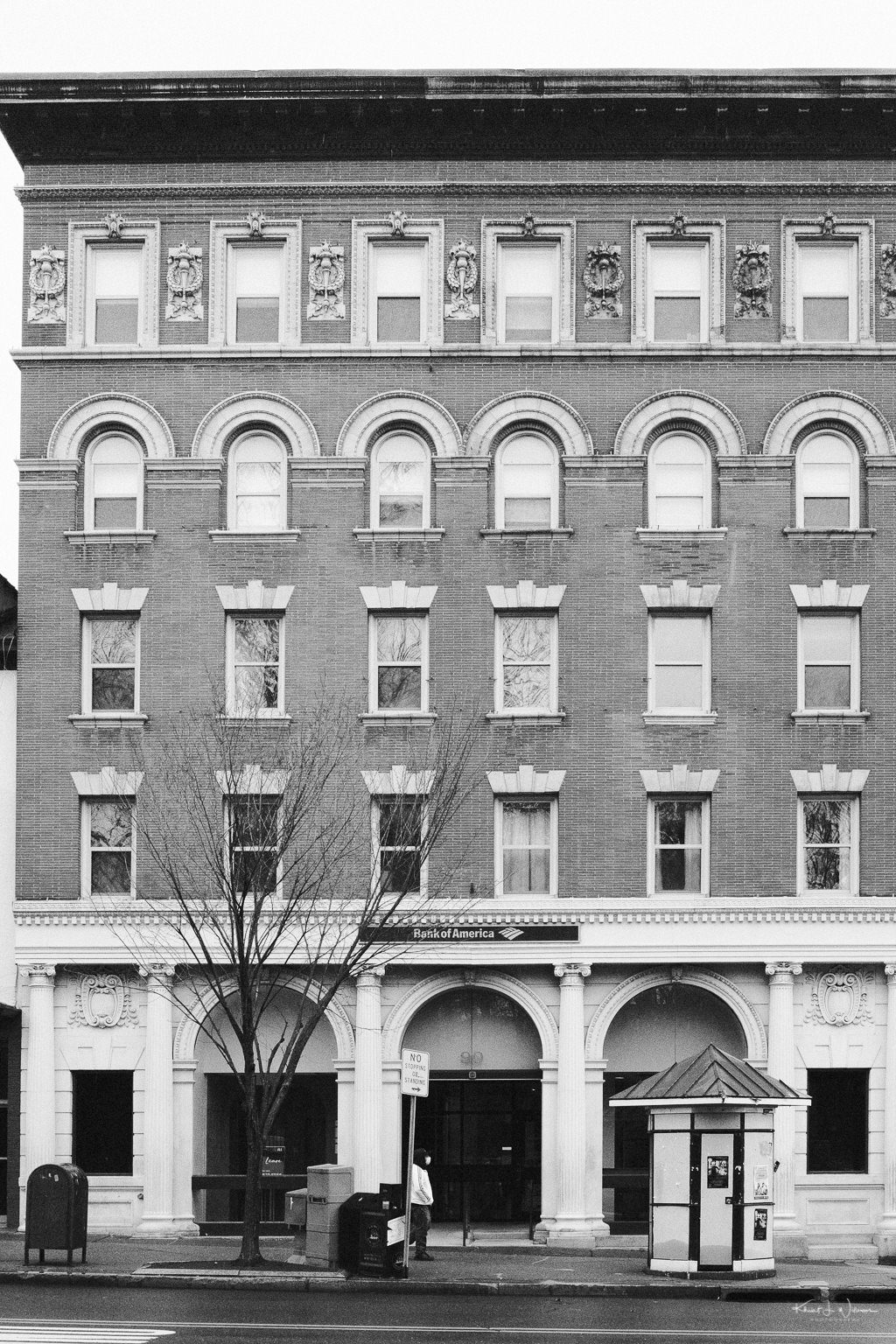
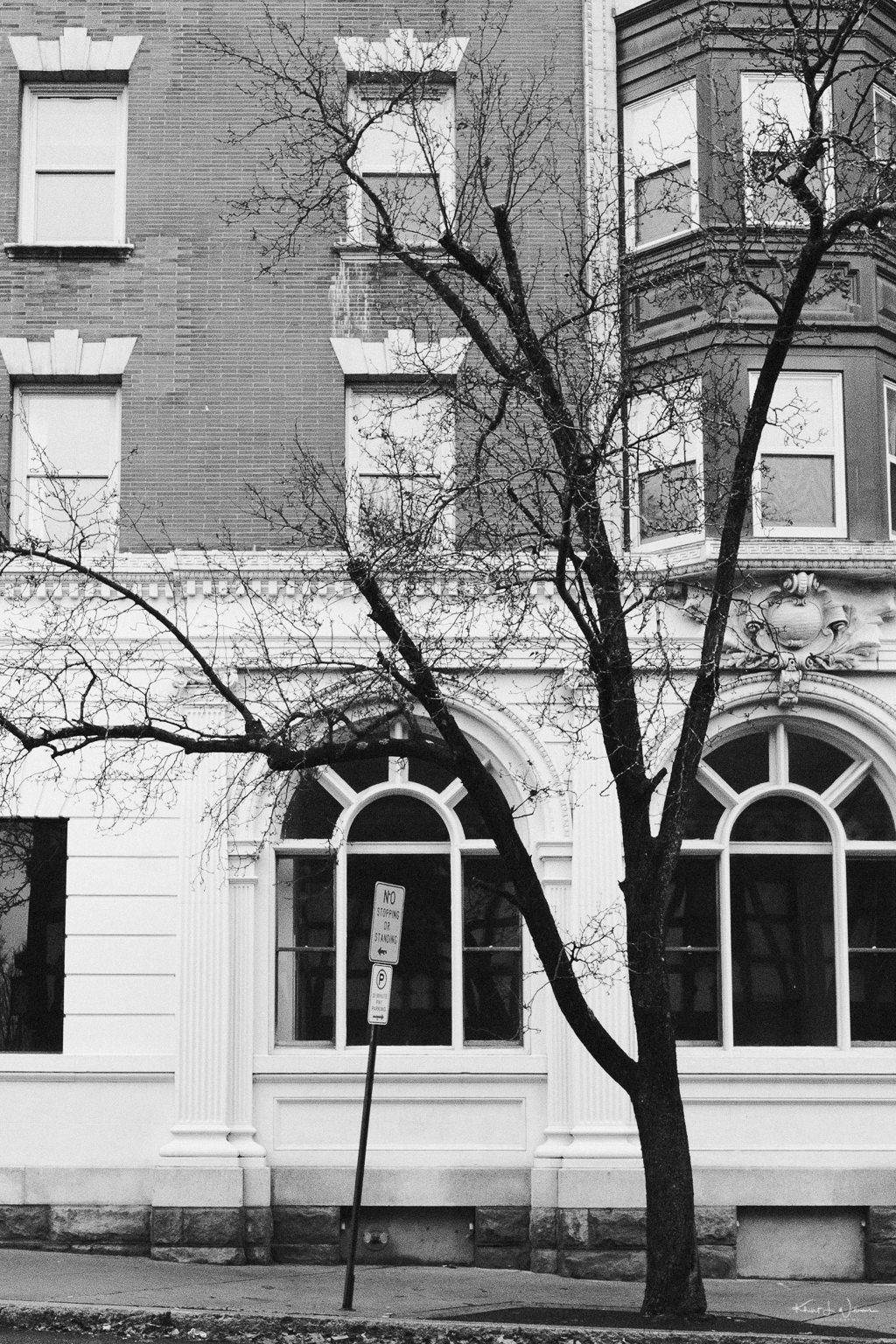
Submitted for the 100DaysToOffload project.
Fujifilm Film Simulation Challenge Roll 3: Tri-X Push
For this 36 frame "roll of film" for the Film Simulation Challenge, I chose to use Ritchie's "Not" My Fujifilm X-Pro2 Tri-X Push-Process which is Luis Costa's Black and White recipe which is based on ACROS. I'll let Luis describe the recipe.
When it comes to monochrome images, I still use the same recipe that I came up with once I upgraded to an X-trans III camera a few years ago. I’m a fan of contrasty, grainy images when it comes to B&W, so I experimented a bit and discovered that the Acros film sim when shot at high ISOs produces some very film-like grain, which looks much more natural than the grain effect in the film sim settings. This works particularly well with older legacy lenses, because of their natural imperfections compared to current lenses.Luis Costa
And here's what Ritchie wrote about that recipe:
The film simulation recipe that Luis invented produces results that resemble Kodak Tri-X 400 film that’s been pushed one or perhaps one-and-a-half stops, and I would add using Agfa Rodinal. The grain pattern and structure isn’t a 100% match, but for straight-out-of-camera results, it’s pretty darn convincing. I’ve only been using it for a week, but it has already become one of my favourites! It’s better than my Acros Push-Process recipe that I use frequently, and I like that one a lot, too.Ritchie Roesch
And the following set of images is what results when I don't read the fine print, and my wife drives me into Princeton on a sunny, cloudless fall afternoon w, here I spend 45 minutes walking around capturing high contrast scenes at ISO 400. This recipe is meant to be used at high ISO, between 3200 & 12800, and I shot the whole roll of 36 on the wrong ISO setting.
This is one reason why shooting film sucks and why most professional photographers that I know, including ones who were in the industry for several decades, switched to digital a long time ago. Whether it's sniffing chemicals in some dark, dingy hole or clicking and dragging, their clients don't care how you got the shot. They don't care about "slowing down" or "decisive moments" or shooting only in manual or with primes or any of that other mental junk that amateurs spend their time debating. They get paid for results.
If you shoot film and process film, I hope you enjoy it. If you shoot and process digital, I hope you enjoy doing that. Just don't tell me that one or the other has some sort of magical property. I rarely post straight-out-of-the-camera images on this website.
I have a roll of Kodak Tri-X 400 in my Asahi Optical Co. Pentax Spotmatic II. I have been waiting for an opportunity to shoot that roll, which I now know from this experience with the film simulation recipe must be a cloudy or overcast day. It will soon be winter in New Jersey and I expect I will have a lot of cloudy, grey, dreary days.
From the SOOC JPEG, you see here; I did not get good results. These are the best of the shots. The rest are all blown out in highlights. I rented a Fujinon XF35mmF2 R WR (~52mm full-frame FOV) for the week and through the week and decided to try it out. The Fujinon XF35mmF2 R WR performed admirably despite my ineptitude. A few of the shots were out of focus, which is also operator error.
I took a landscape and cityscape in B&W workshop a few weeks ago. I think I will process the same set of RAF images using the techniques I learned in that course. The results won't be based on any films except the one I invent in my head.
Other entries in this challenge series.
- Fujifilm Film Simulation Challenge Roll 1: Kodachrome II
- Fujifilm Film Simulation Challenge Roll 2: Velvia
- Fujifilm Film Simulation Challenge Roll 3: Tri-X Push
- Fujifilm Film Simulation Challenge Roll 5: Kodak Portra 400
- Fujifilm Film Simulation Challenge Roll 6: Kodak Portra 160
- Fujifilm Film Simulation Challenge Roll 7: Fujicolor Pro 400H
- Fujifilm Film Simulation Challenge Roll 8: Vintage Kodachrome
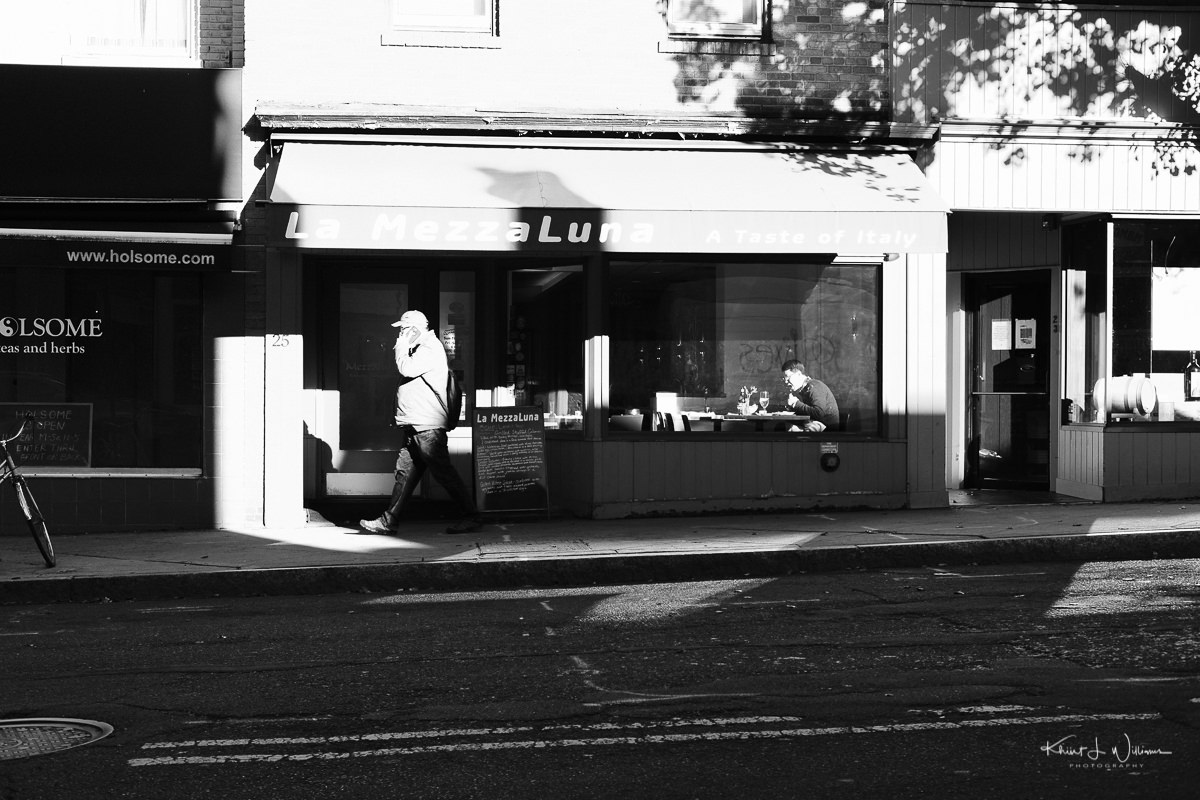 Fujifilm X-T2 | Fujinon XF35mmF2 R WR | f/5.6 | ISO 400
Fujifilm X-T2 | Fujinon XF35mmF2 R WR | f/5.6 | ISO 400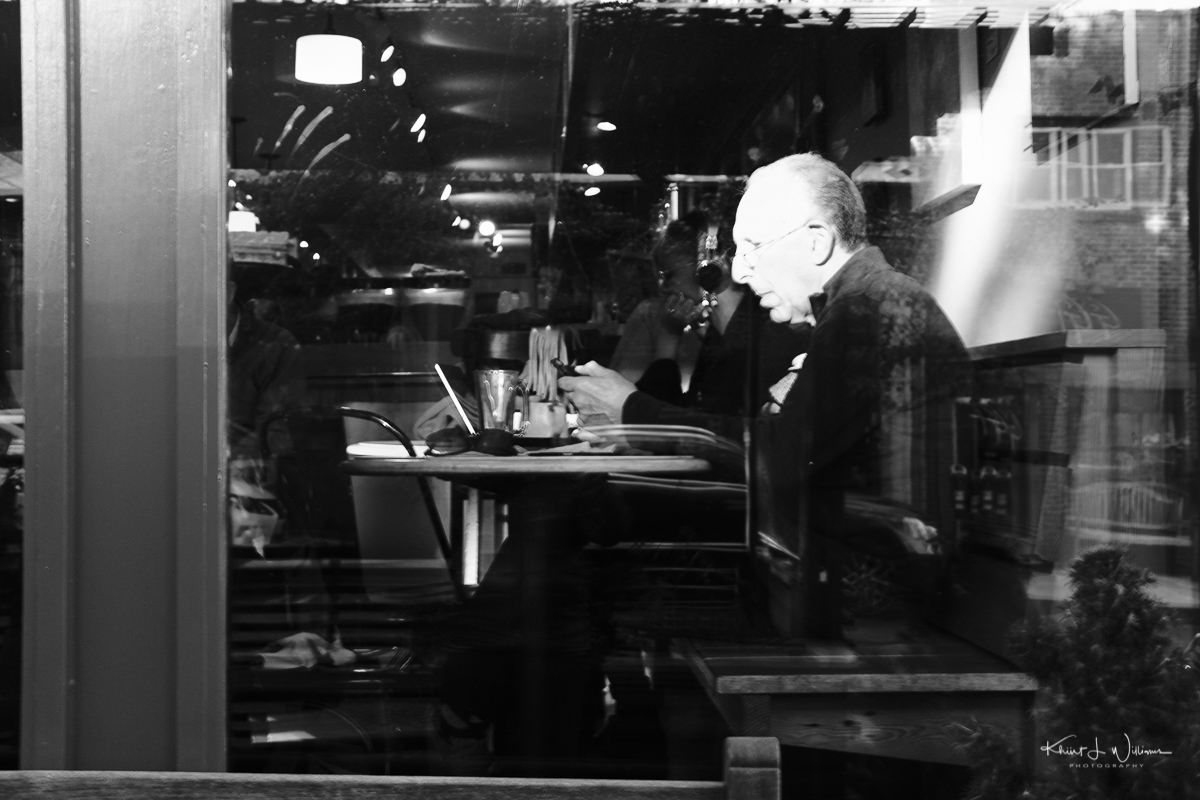 Fujifilm X-T2 | Fujinon XF35mmF2 R WR | f/5.6 | ISO 400
Fujifilm X-T2 | Fujinon XF35mmF2 R WR | f/5.6 | ISO 400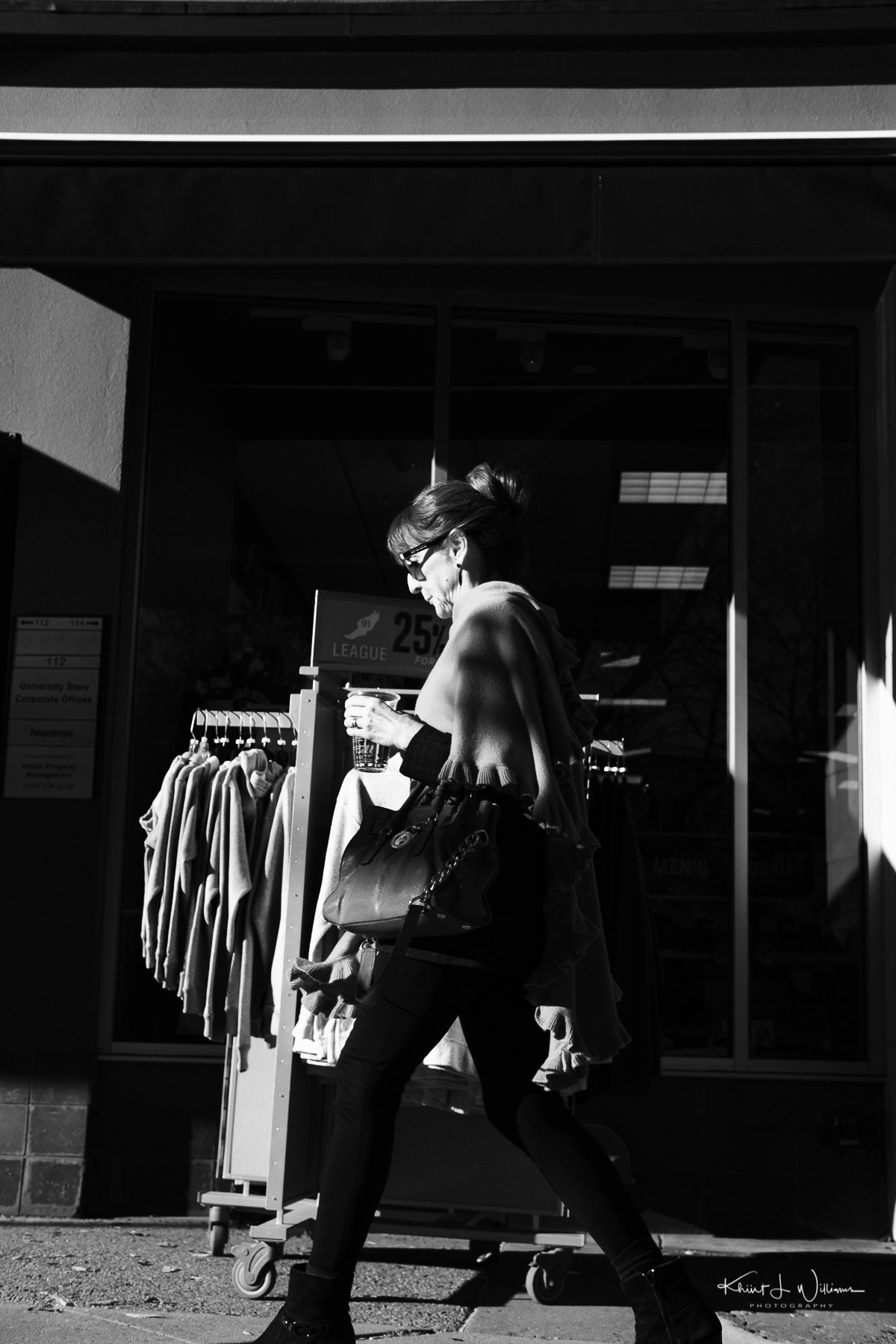 Fujifilm X-T2 | Fujinon XF35mmF2 R WR | f/5.6 | ISO 400
Fujifilm X-T2 | Fujinon XF35mmF2 R WR | f/5.6 | ISO 400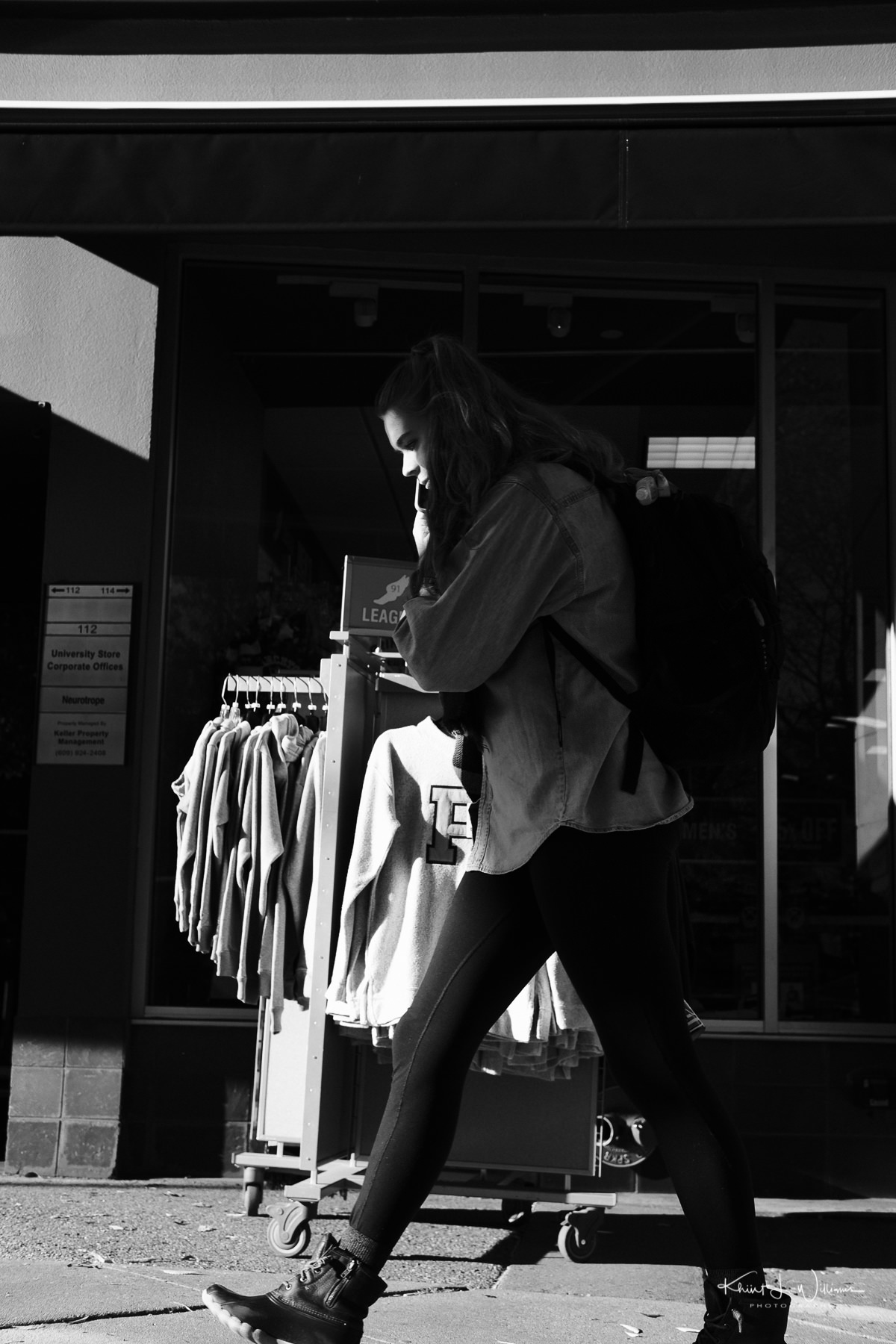 Fujifilm X-T2 | Fujinon XF35mmF2 R WR | f/5.6 | ISO 400
Fujifilm X-T2 | Fujinon XF35mmF2 R WR | f/5.6 | ISO 400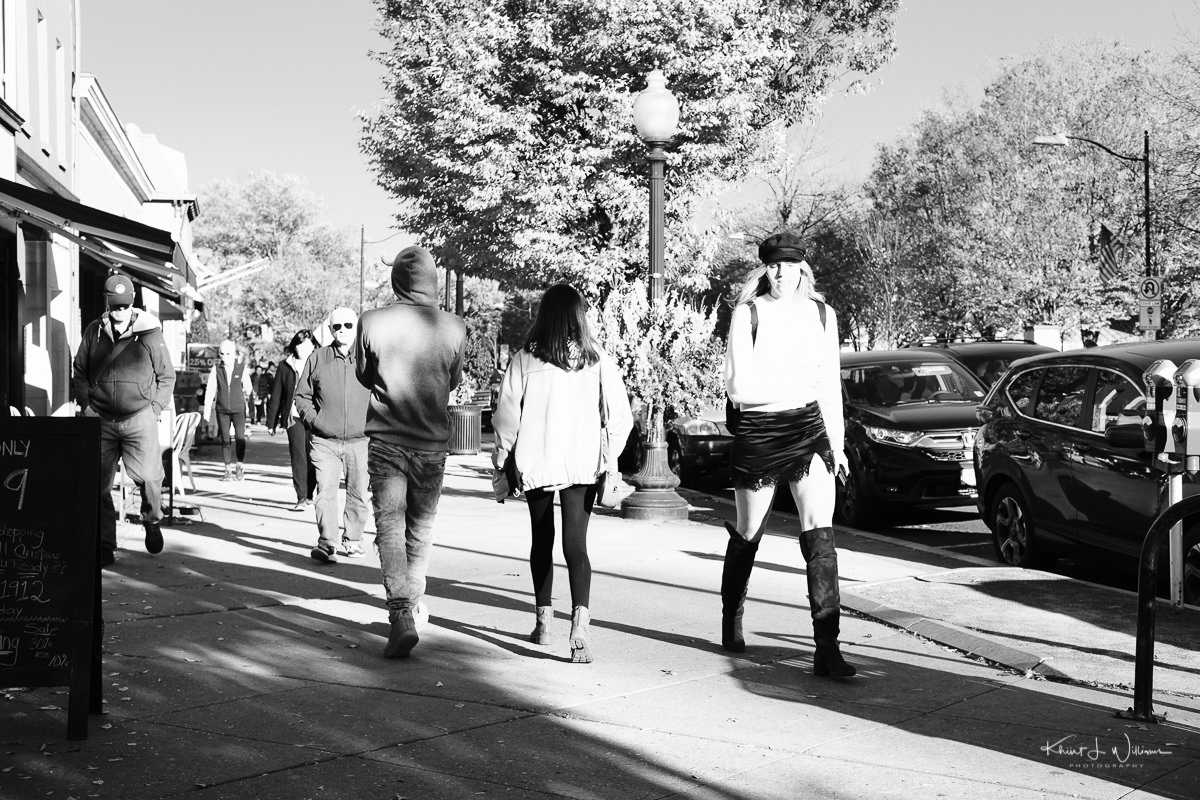 Fujifilm X-T2 | Fujinon XF35mmF2 R WR | f/5.6 | ISO 400
Fujifilm X-T2 | Fujinon XF35mmF2 R WR | f/5.6 | ISO 400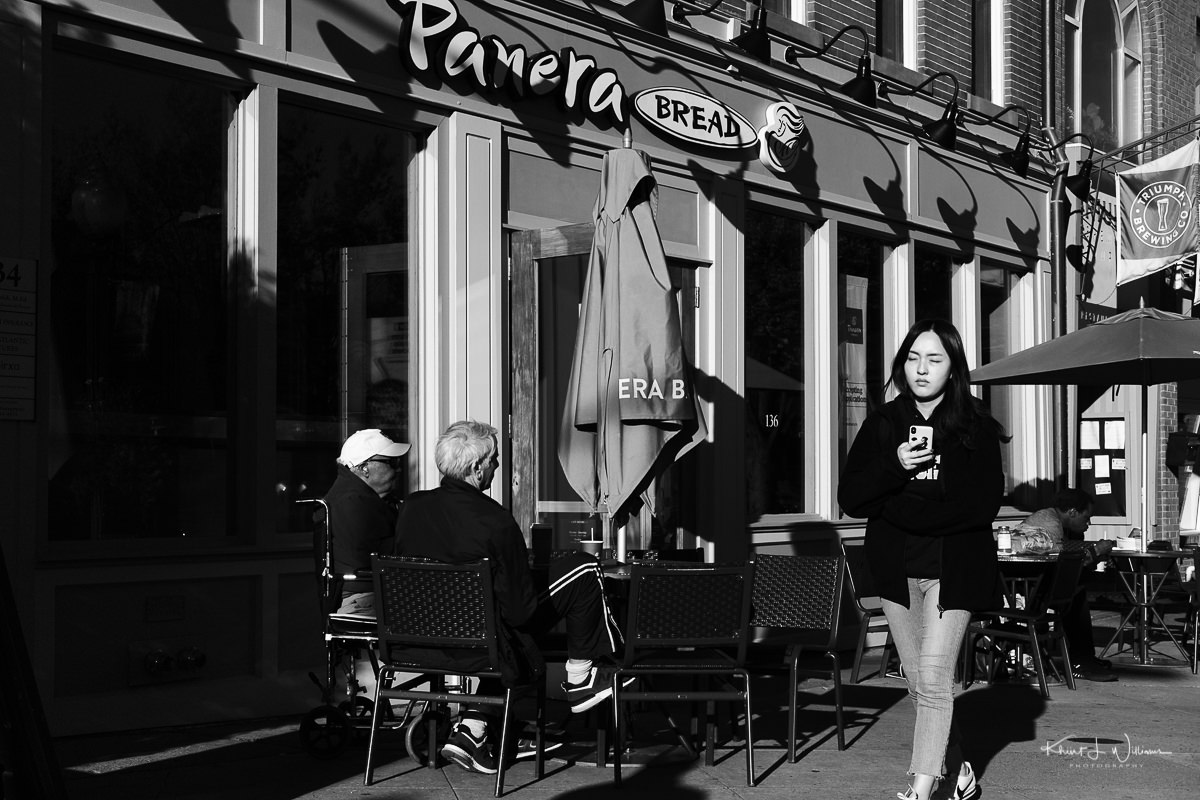 Fujifilm X-T2 | Fujinon XF35mmF2 R WR | f/5.6 | ISO 400
Fujifilm X-T2 | Fujinon XF35mmF2 R WR | f/5.6 | ISO 400 Fujifilm X-T2 | Fujinon XF35mmF2 R WR | f/5.6 | ISO 400
Fujifilm X-T2 | Fujinon XF35mmF2 R WR | f/5.6 | ISO 400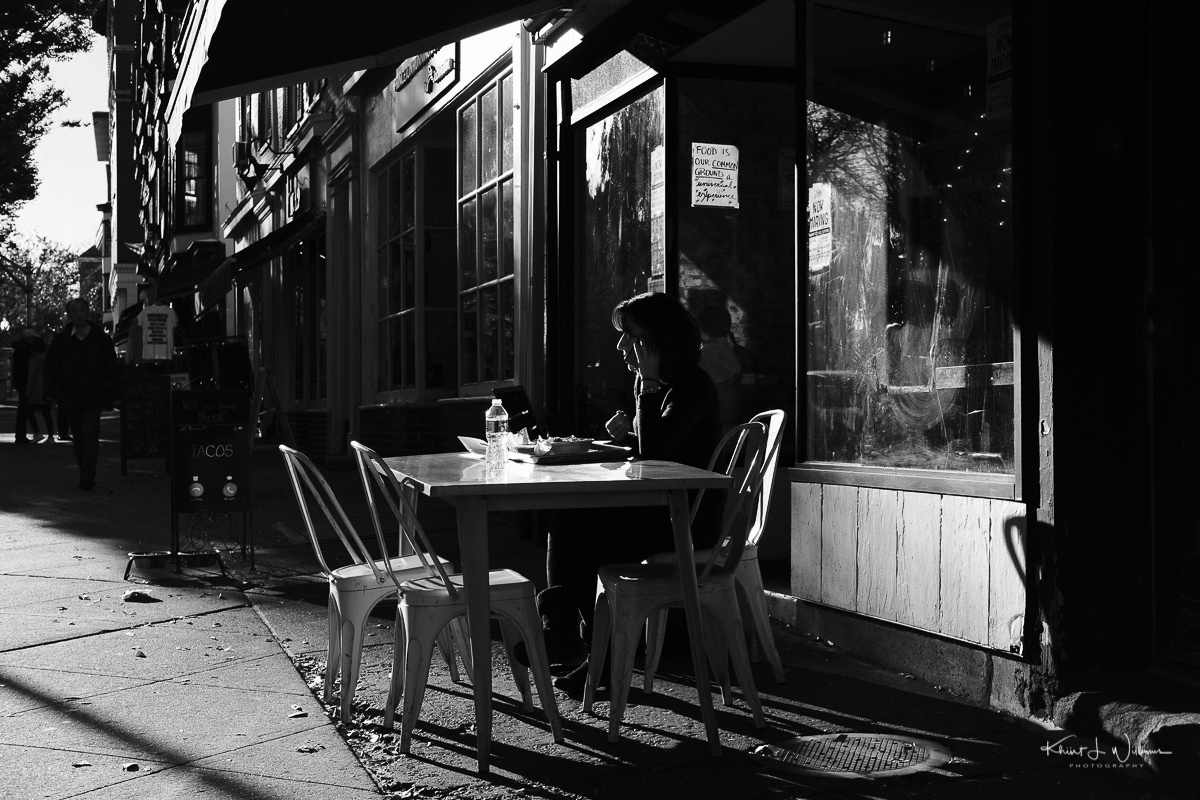 Fujifilm X-T2 | Fujinon XF35mmF2 R WR | f/5.6 | ISO 400
Fujifilm X-T2 | Fujinon XF35mmF2 R WR | f/5.6 | ISO 400